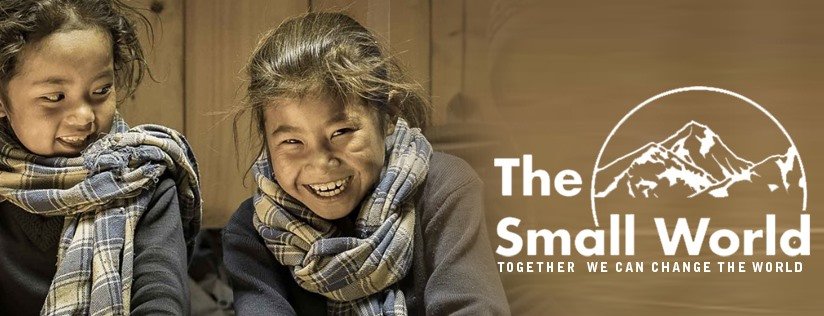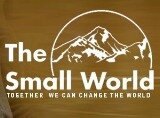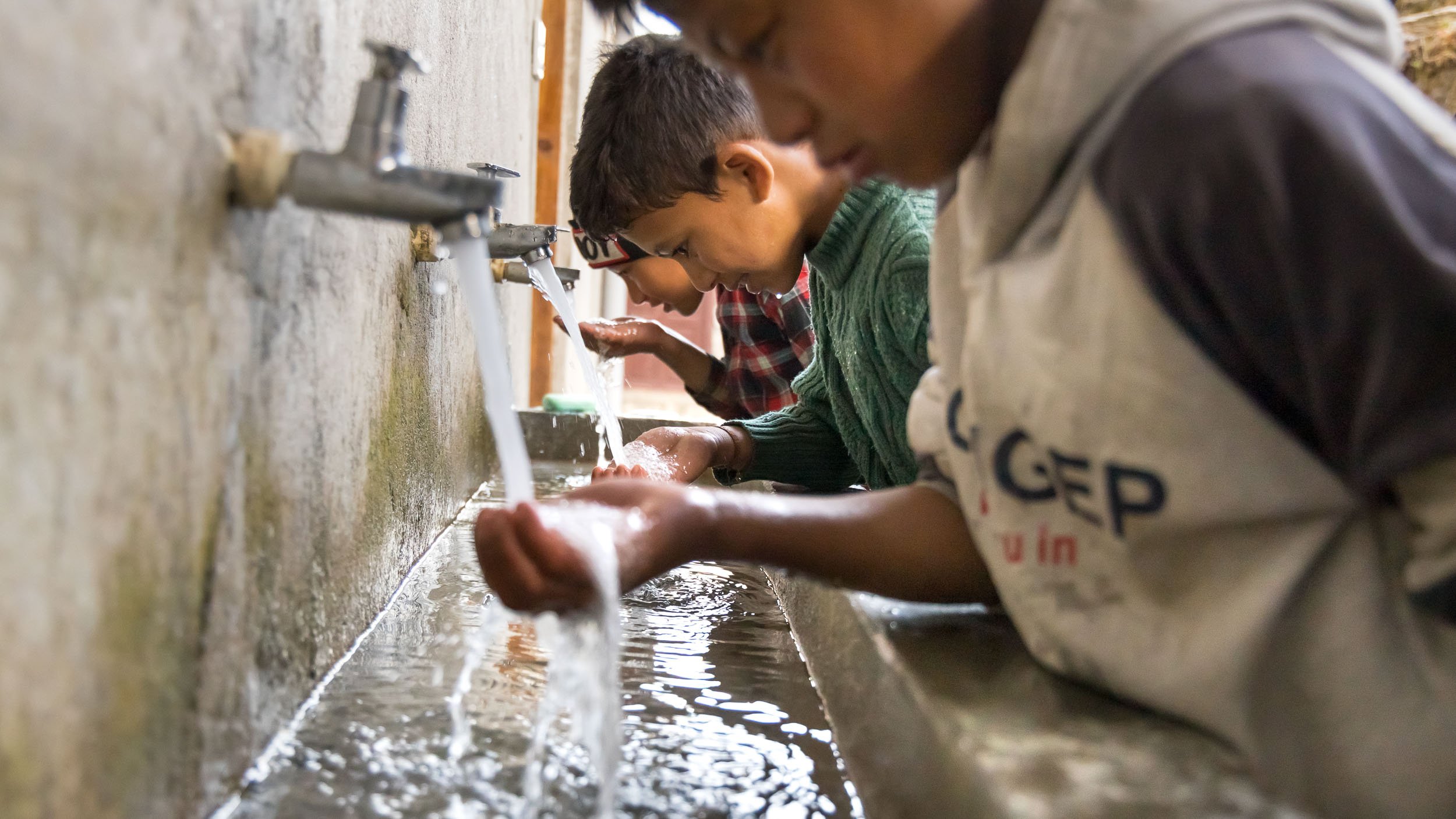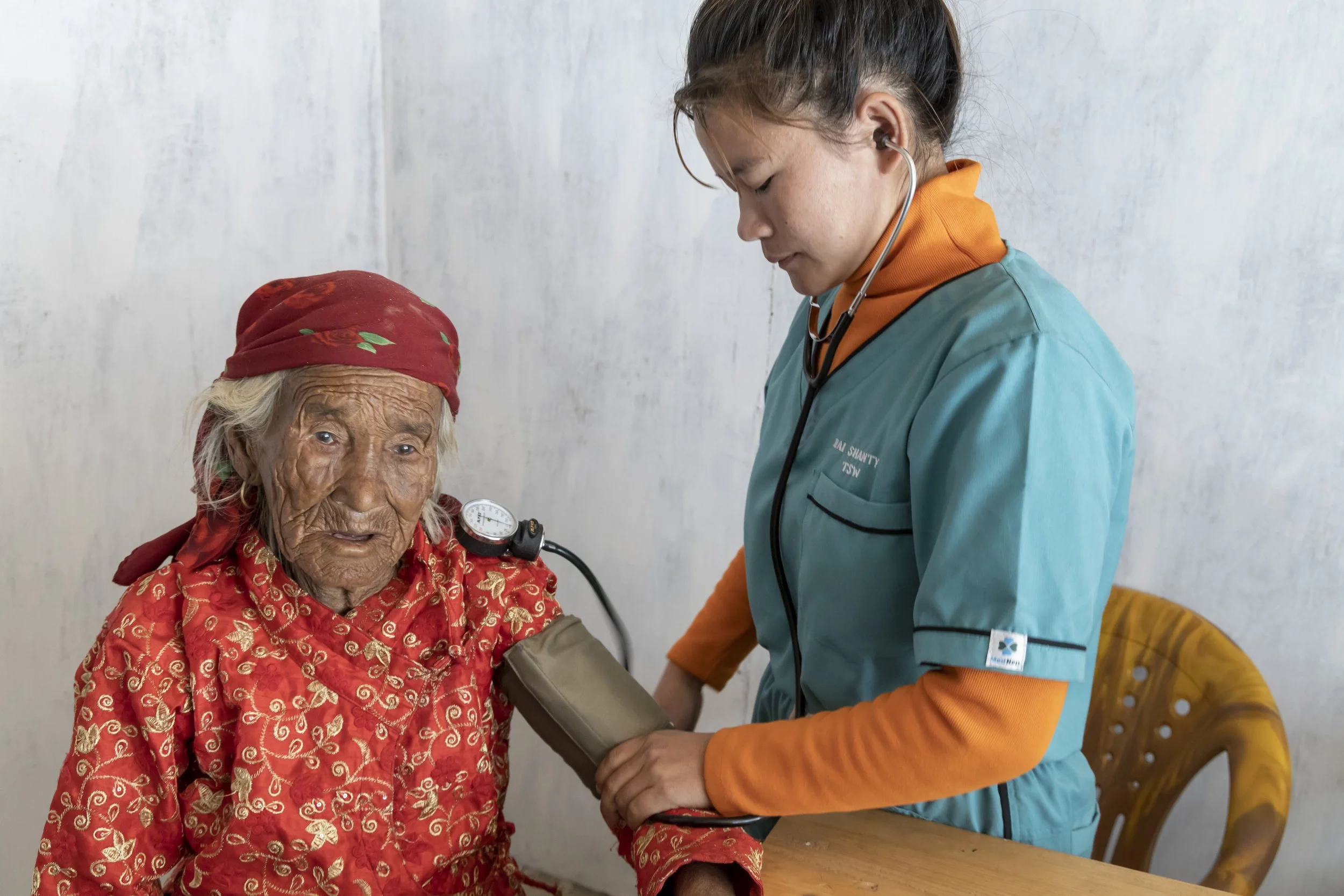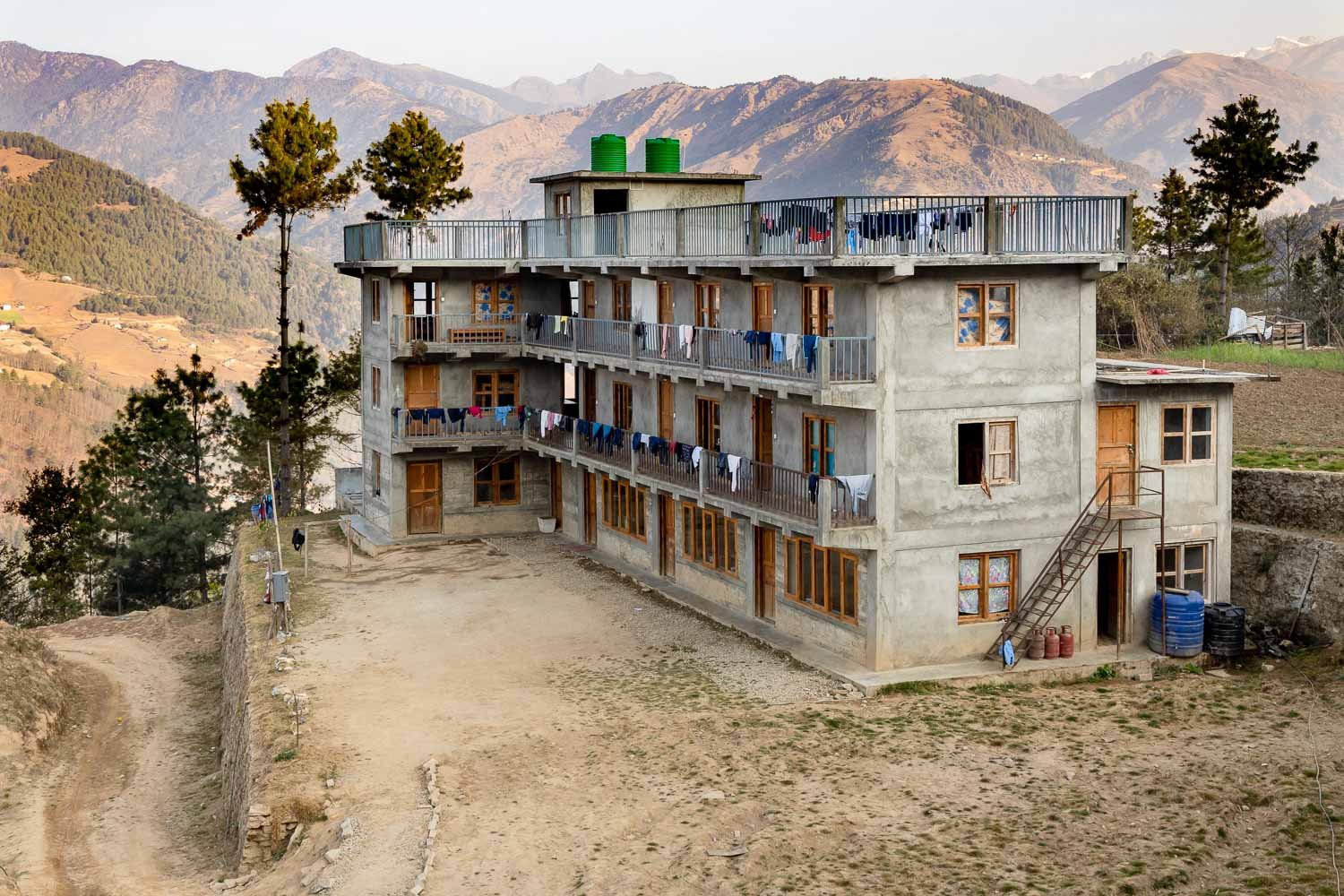
ARHAUS CHILDREN’S HOME
A safe community for vulnerable children. Here, they can heal, grow, and receive a quality education.
OUR REASON FOR ACTION
Nepali children’s access to a formal education has been put at risk
Children in the remote Everest region have faced immense hardship in recent years, due to the 2015 Nepal earthquake and COVID-19 pandemic. These back-to-back crises have left deep social and economic scars among families who were already vulnerable.
Many trekking porters, single mothers, and daily wage workers lost their primary sources of income due to the 2015 Nepal earthquake and COVID-19 pandemic. With limited safety nets and few alternative livelihood opportunities, these families have struggled to meet even their most basic needs—making it increasingly difficult to keep their children safe, healthy, and in school.
These children urgently need consistent support to continue their formal education and regain a sense of stability and hope for the future.
OUR SOLUTION & APPROACH
Arhaus: A home + school in Solukhumbu where both boys and girls can invest in their futures
Arhaus Children's Home is the first home of its kind in the Everest region to provide a safe and quality place to live, especially for orphaned, abandoned, and highly vulnerable children at severe risk from trafficking, forced child labor, and other serious abuses. The Home provides the gifts of education, security, peace, and love in a healthy living environment.
Our project has deep connections and bonds with the local community members and the area’s culture and geography. We are working together with local community members to protect and educate children as well as deepen their relationships. In essence, during their education, the children are not alienated from their social background, language, or culture - in fact, they receive support to value it.
This project will help to build a strong community and, in the long term, these children will give back and support the local community with new ideas and opportunities. Community responsibility will be more developed and activated to improve or even end the problems faced by children today.
In support of this, from the very beginning of all projects, we always involve local community members. By providing jobs for them, employing their resources, and with their active participation in other projects such as growing foods and continuing to sustain projects for which we train them, the communities develop more pride and self-respect and take ownership, ensuring their continued success and accomplishment.
The Small World builds its own schools to provide free and quality education in remote Himalayan regions; we invite other children from the Everest region as well. In the future, we plan to build a combination home and school on a site. At our Home, the children learn English because such proficiency can help to create more opportunities for a positive impact at the local and global levels. However, our hope is that the children will be motivated to accelerate local progress, create innovations, and help to bring dynamic change for all in their local communities.



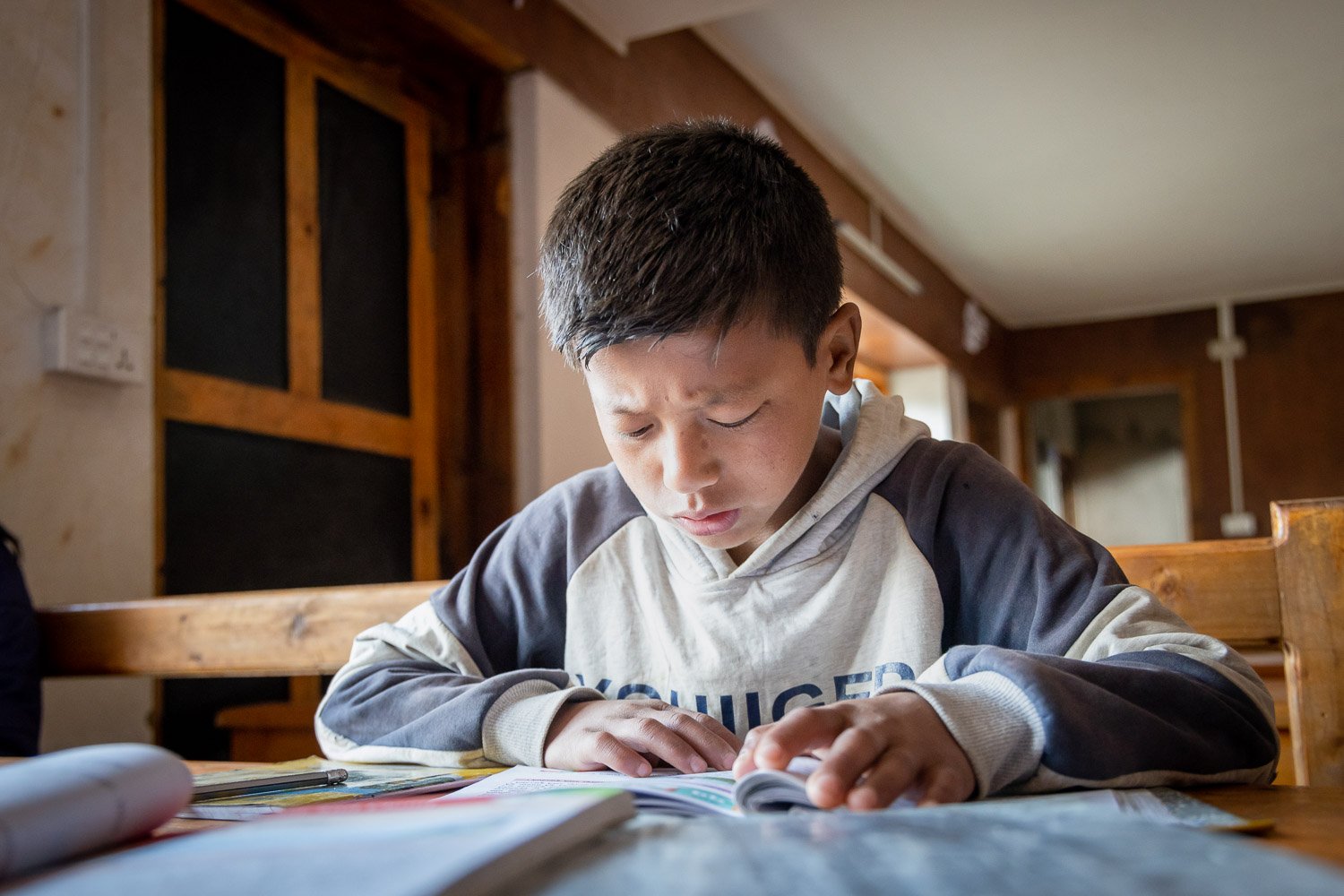
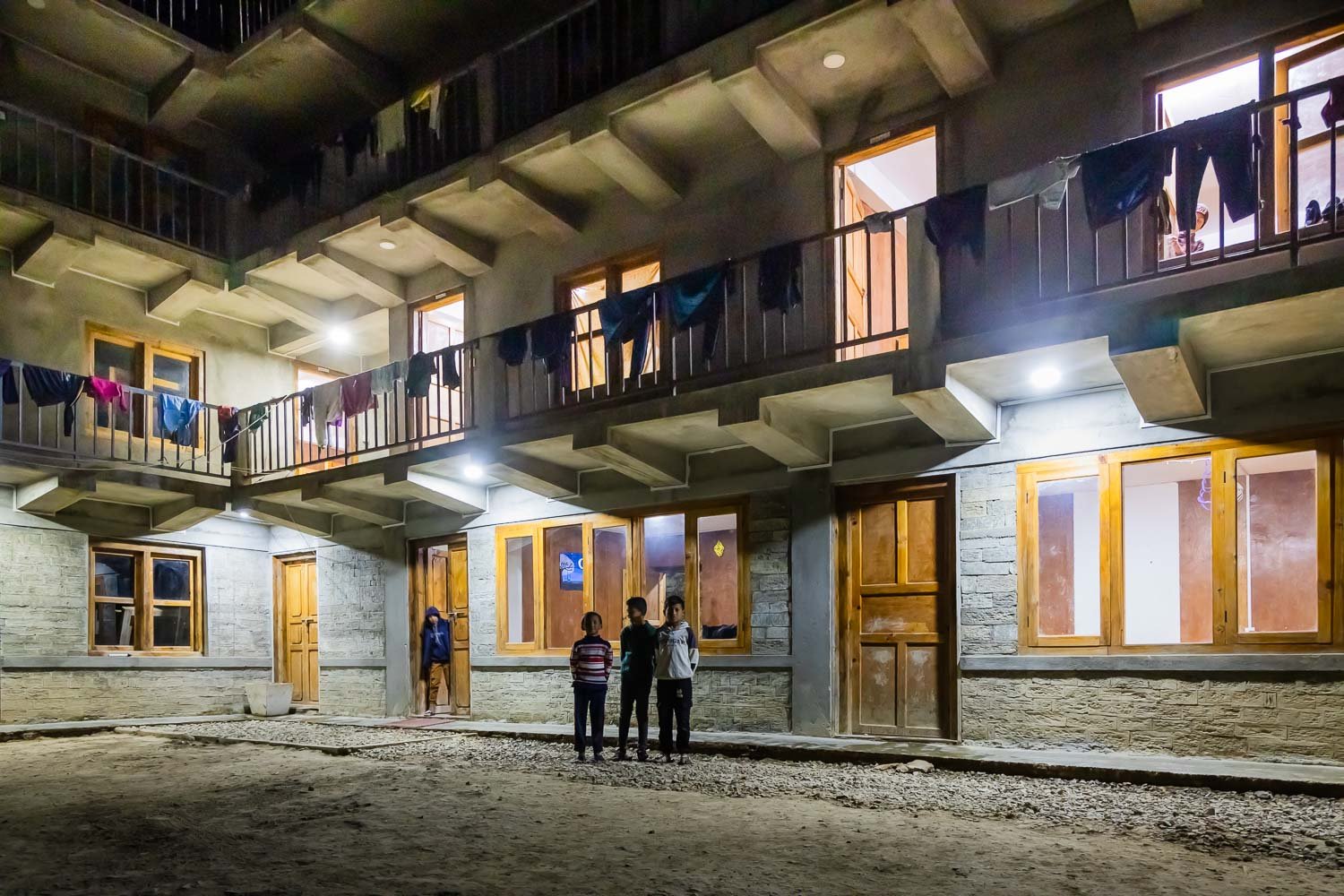


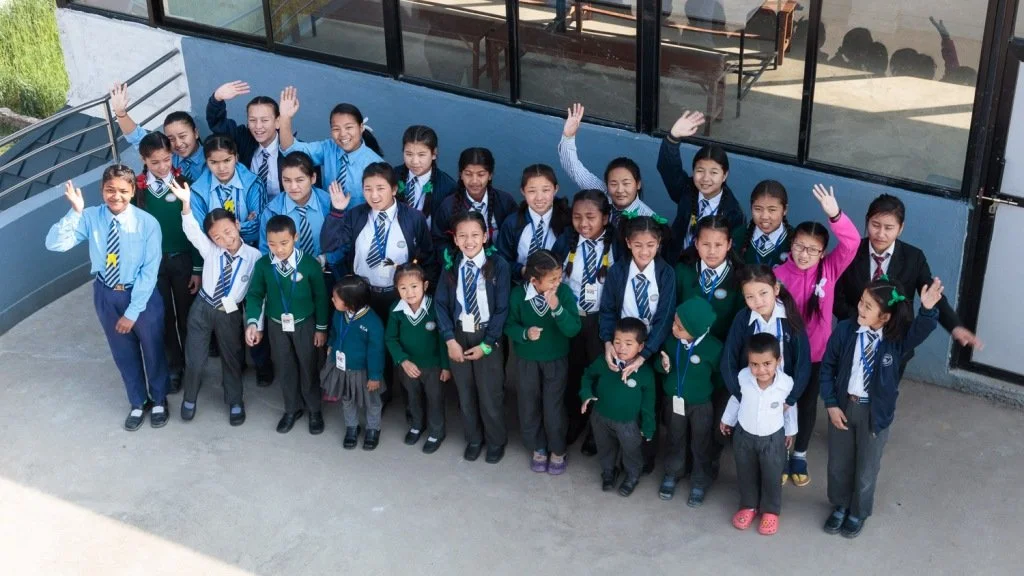


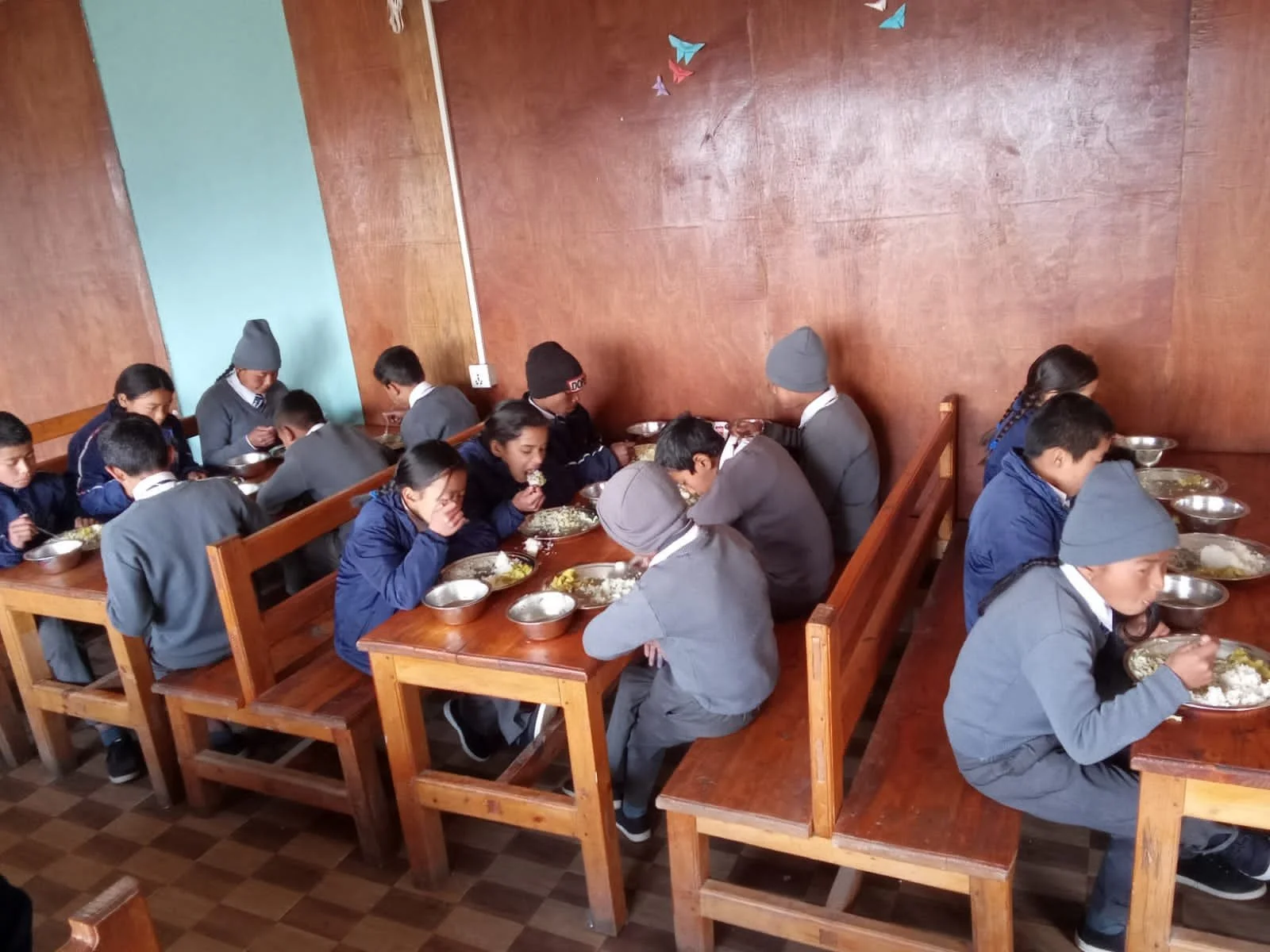



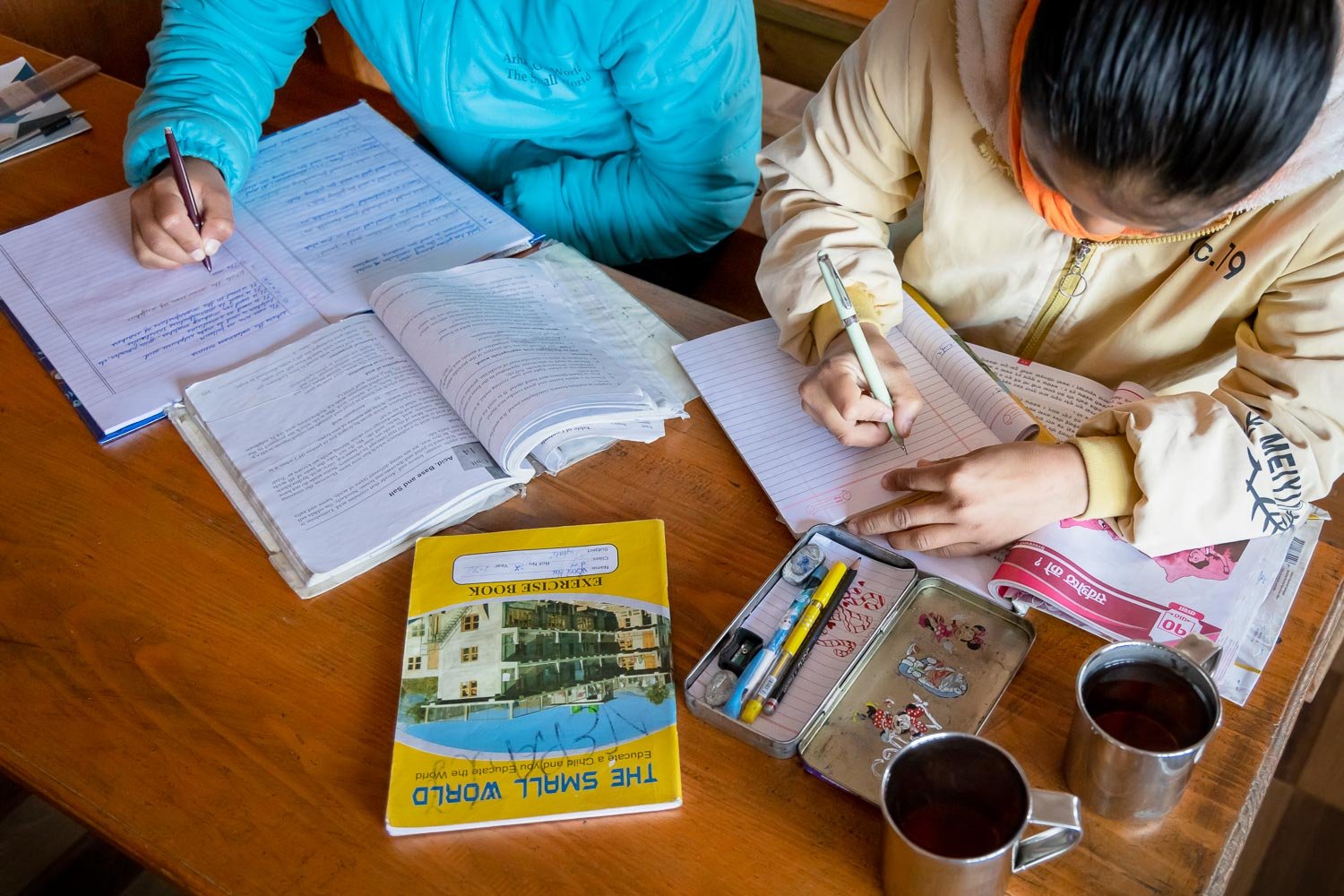
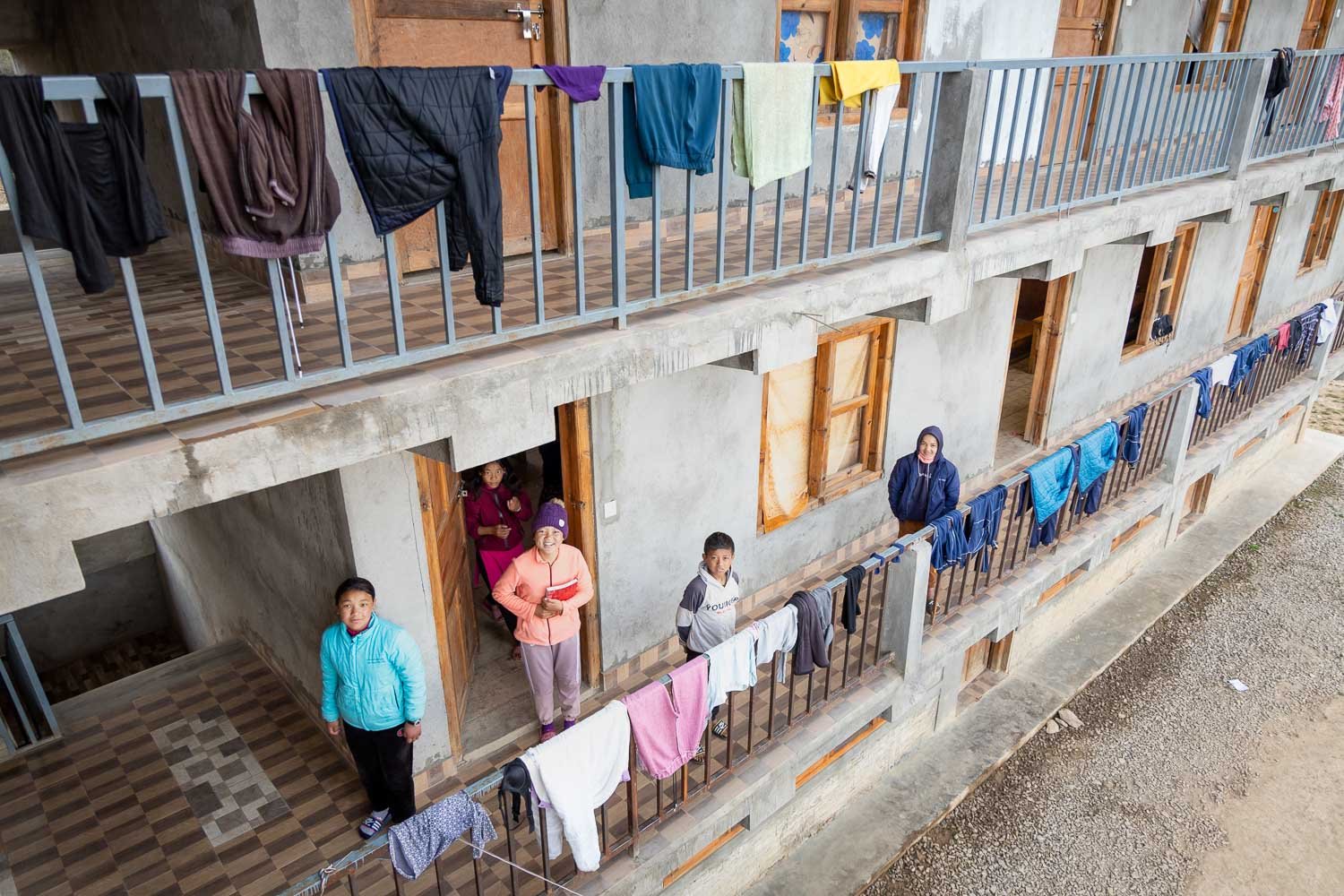
PROJECT OUTCOMES
2,050 +
Children Educated Per Year
150 +
Housed Children Educated

WHERE WE’RE HEADED
If our children are educated, they will do the rest!
iOur goal is to provide children in remote Himalayan communities with a safe environment and quality education that includes English, helping them become confident readers and writers. With education, we believe they can create their own opportunities—both locally and beyond. if our children are educated, they will do the rest!
ONGOING PROJECTS
Check out some of our other projects!
Girl’s Higher Education >
Providing young Nepali women with a safe space to pursue higher education, achieve their dreams, and uplift their communities.
Phuleli Commmunity Health Center >
Bringing accessible, quality healthcare for all age groups to rural communities in Solukhumbhu, Nepal.
Seeds of Hope: Agricultural Aid >
Promoting sustainable agricultural practices and reducing food insecurity for disadvantaged, low-income communities and single mothers.
